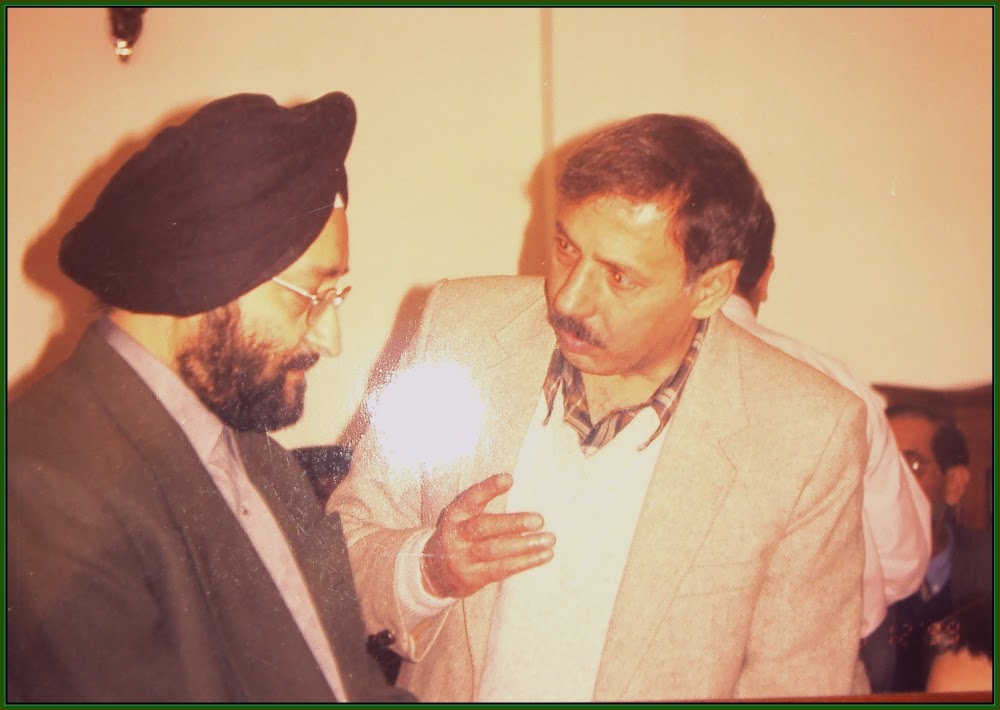Improvements in Higher Education –VII

Credit System of Education Human knowledge has grown exponentially over the last century. The traditional system of education in which students earned a degree after completing a prescribed number of courses over a certain number of years is inadequate to cope with the growth of knowledge and activity of the modern world. As a measure to cope with this increase of knowledge and a diversity of requirements, the credit system of education was invented more than a century ago. In this system each individual course is assigned a certain number of credits based on the workload. Approximately a course consisting of one hour per week of lecture load spread over a semester is a one-credit course. A degree is earned when a students completes a certain number of credits. Certain courses are prescribed as core or compulsory courses (about half the courses for some degrees) whereas the student is free to select the other courses depending upon his interests and aptitude subject to the approval...
